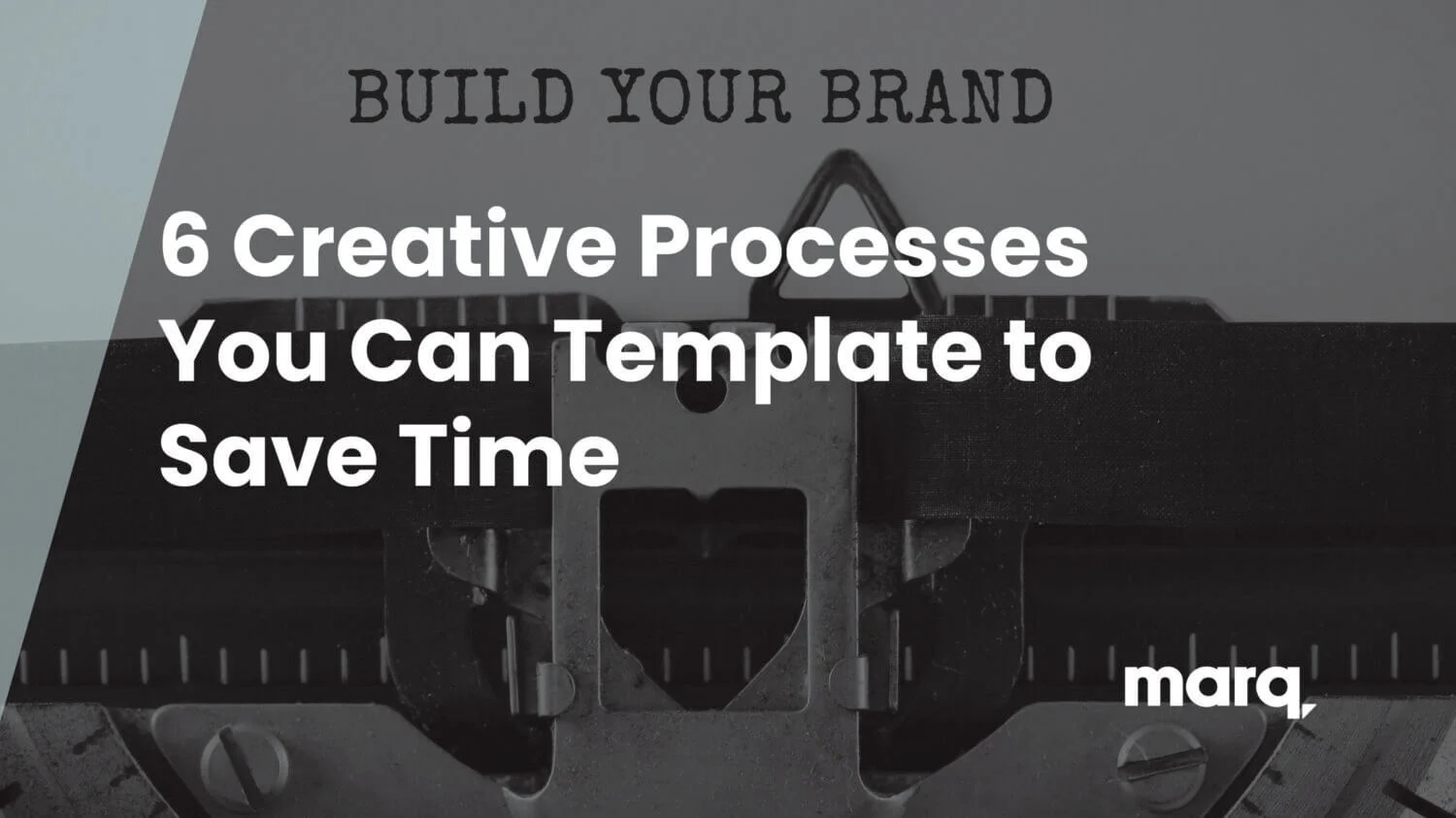As a creative marketing professional, you know how complicated and time-consuming creating and managing dozens of pieces of marketing content can be—especially when each one has custom details, brand design, and language standards, and often compliance requirements that must be implemented correctly. Making mistakes can hurt your client’s brand, not to mention your career.
Templates are your compass in a sea of chaos. Templating helps creative professionals maintain brand consistency and adhere to brand guidelines while reducing the time it takes to produce high-quality marketing content. Even better, smart templates empower you to automate parts of the creative process.
In this article, we’ll explore how templates can save you time and the role they play in creative automation. You’ll learn how to:
- Use templates to speed up common creative processes.
- Deploy creative automation to simplify complex workflows.
- Use smart template fields with your data.
What Is Creative Automation?
Content automation uses data and software to automate the creation, management, and distribution of marketing materials. This allows you to save time and resources while creating high-quality, professional-looking content that engages your audience.
Templates play a key role in creative automation. They allow you to create a document’s structure and design in advance before swapping in data, text, and design elements appropriate to each client, campaign, or location. For example, creative automation with templates makes it easy to create flyers customized for different locations or custom proposals with consistent branding.
Content automation with templates is a game changer for creatives looking to streamline workflows. Benefits include:
- Efficiency: Free your time and resources to focus on other important tasks.
- Consistency: Ensure that your content has consistent branding, messaging, and style.
- Accuracy: Minimize the risk of human error, ensuring that content is accurate and error-free.
- Collaboration: Make it easier for teams to work together, improving collaboration and communication.
- Flexibility: Quickly and easily make changes to your content, increasing flexibility and responsiveness.
Whether you’re working on brochures, presentations, or any other marketing materials, content automation is a powerful tool that can help you create effective content in less time.
Creative Automation With Templates
Let’s look at six ways templating and creative automation can increase your efficiency and productivity.
1. Branding and Content Design
Let’s say you’ve been asked to design a set of posters to promote a series of conferences. The design has to adhere to brand guidelines, but the brief asks you to create a unique graphic for each location with images of local landmarks.
Tackling the poster designs one at a time would be time-consuming, but with templates, you can easily mock up the base design using the brand’s colors, fonts, text styles, logo, and so on. Then, you can focus on designing the local graphics for each poster, creating posters based on the template, and dropping the unique element into each one.
Marq’s content design solution and templating system make this process straightforward. You can import existing InDesign files, images, and other brand assets. Then you can create a project, design the poster, and leave placeholders for custom images and text. From there, it’s straightforward to make and edit the posters for each location.
2. Collaborative Content Creation
Suppose you’ve also been asked to design a brochure to advertise the conferences. As with the posters, each brochure should include images and copy tailored to individual cities. You can’t design all the brochures and write all the copy yourself, so you decide to ask the designers and copywriters on your team for help.
However, the basic design has to comply with brand guidelines, and it has to be consistent—you can’t let your colleagues move logos around or modify the page layout.
Templates make collaboration within guidelines much easier. You make the design template with individual page templates and the client’s layouts, colors, and fonts. If you want, you can also lock these elements so they can’t be changed. Your colleagues are then free to get creative within the constraints you’ve provided.
3. Updating Multiple Documents
As often happens, the client might like the brochures, but have notes, such as: They’d like to include updated venue capacities in each one. That could be a real headache for you. However, if you set up your templates with custom smart fields, you can import the new data and have it automatically applied to all the brochures based on that template.
4. Content Standardization and Compliance
Creative professionals often find themselves working on projects with strict content guidelines and sometimes legal constraints. For example, certain types of content are legally required to include warnings and mandatory customer information.
Templates offer confidence that your team is working within the rules. Simply include the necessary content in your template, create a content-level lock, and no one working on the project can make unauthorized changes.
5. Data Automation
Let’s say your client asked you to create posters for their conferences and they sent a Google Sheets spreadsheet with a preliminary list of venues. Then the venue list changed during the planning process, so now you have to update a bunch of poster designs with new addresses. Anyone who has worked as a marketing designer is familiar with the laborious process of copying information from spreadsheets and pasting it into marketing content, and then doing it yet again when the information changes.
Data automation—a subset of creative automation—makes the process almost effortless. Instead of hardcoding conference venue addresses into each poster, a modern templating platform like Marq allows you to connect a data source, like your Google Sheet, and then autofill smart fields in your project from the sheet. The clever part is that when the information in the data source changes, the data in the smart fields updates automatically. No more copy and paste.
6. Calculation Automation
Smart fields are great, but we’ve yet to mention one of the best template features: formulas and functions. In addition to importing data sources, you can include spreadsheet-like formulas within text boxes, shapes, and table cells.
Formulas are incredibly flexible creative automation tools, but, to take a simple example, you could use them to automatically calculate the price of conference tickets in the brochures. Let’s say the base ticket prices for each location are listed in a Google Sheet, but attendees can pay extra for training sessions, VIP networking events, concierge services, and so on.
With the clever use of formulas, you could create a price matrix that automatically calculates conference package prices from the data the client supplies.
How Do I Make Brand Templates?
As you can see, creative automation with templates is exceptionally powerful. It has the potential to save you and your team a huge amount of time. All the features we’ve mentioned here, and many more, are available now on the Marq brand template platform. If you’d like to put Marq through its paces and see what we can do for you, schedule a demo with a templating expert today.



